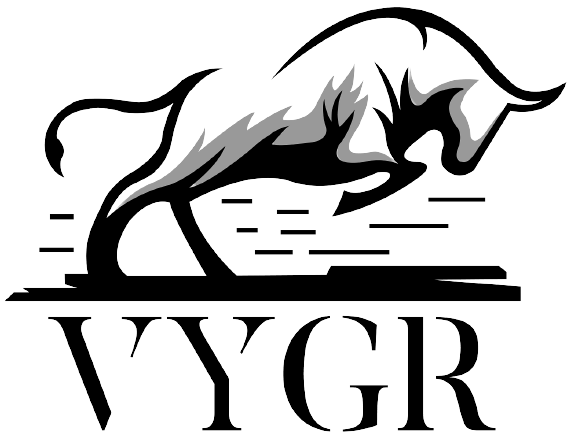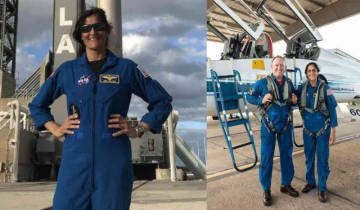The Indian Space Research Organisation (ISRO) made a big step forward when they successfully launched the Aditya-L1 satellite into a halo orbit around the Lagrangian point (L1). After 127 days in orbit, India's first journey to the sun was successful on September 2, 2023, and again on January 6, 2023. No matter what happens, the Aditya-L1 satellite will keep following the sun and report back any new information it learns.
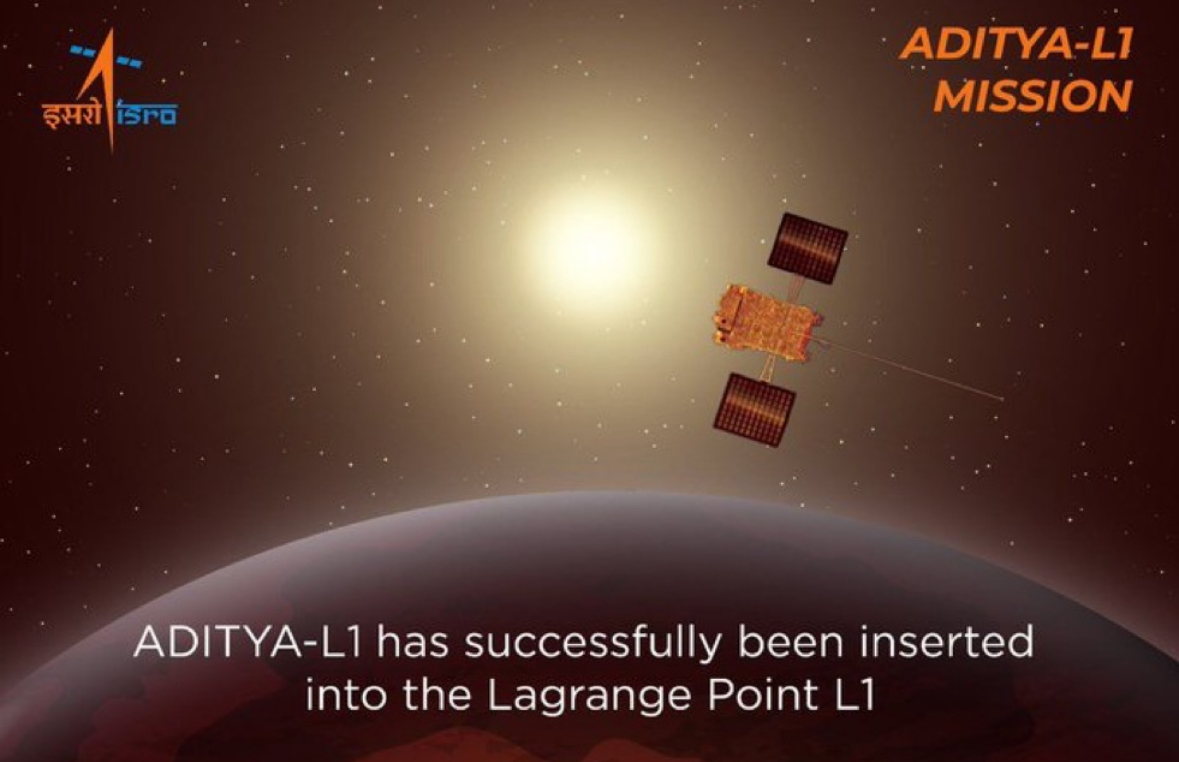
Lagrange points: what do they really mean?
A two-body system's gravity pull usually keeps a small object in certain places in space, called lagrange points. Lagrange points in the solar system and the earth are named L1, L2, L3, L4, and L5. When spaceships use these spots, they can stay in place with less fuel.
The coordinates of L1
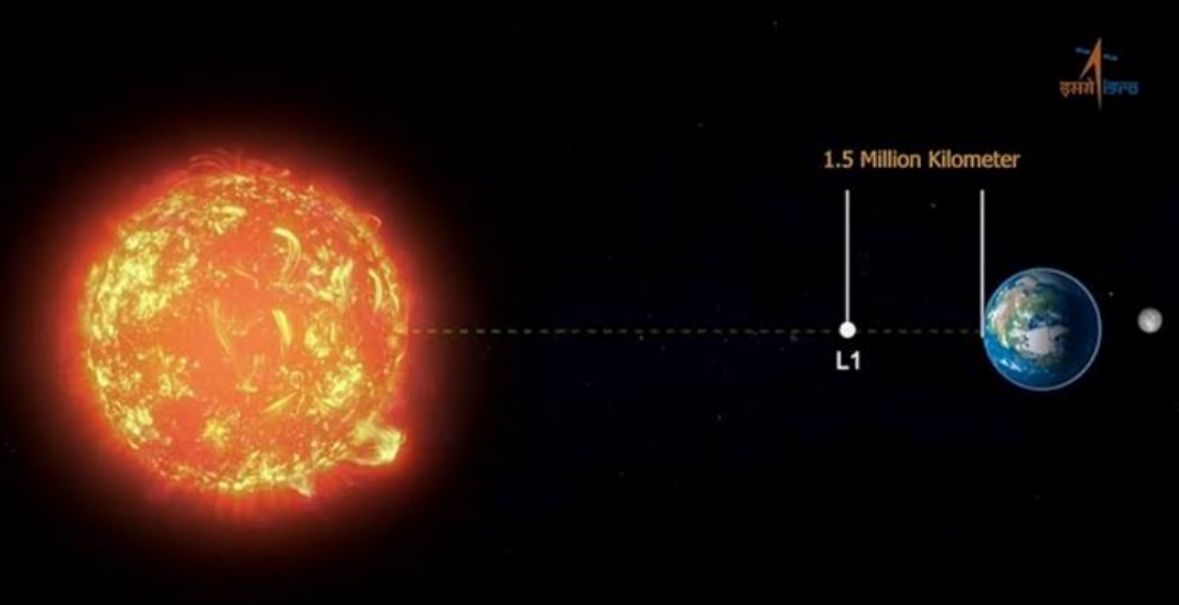
The L1 point is about 1.5 million miles away, halfway between Earth's lines and the sun. If you put a satellite in a circular orbit around the L1 point, you can keep looking at the sun without any occultation or eclipse. This spot makes it possible to keep an eye on what's going on in the sun.
When the Aditya-L1 flights will happen
-Starting from Sriharikota on September 2, the PSLV sent Aditya-L1 into an irregular orbit around the earth.
-From September 3 to 15, ISRO's ISTRC in Bengaluru did four tasks on Earth to change the spacecraft's orbit.
-September 19: Aditya-L1 began its 110-day journey to the L1 point on September 19 when it did the Trans-Lagrangian 1 insertion operation.
Orbit and Payloads of Halo
Currently positioned in a five-year mission lifespan recurring halo orbit around the L1 point is the Aditya-L1 satellite. This orbit offers an unhindered view of the sun and requires few station-keeping movements. To study the photosphere, chromosphere, and solar corona—the outermost layer of the sun—Aditya-L1 is equipped with seven payloads, including particle and electromagnetic detectors. While three payloads study particles and fields in situ at the L1 point, the remaining four payloads look directly at the sun.
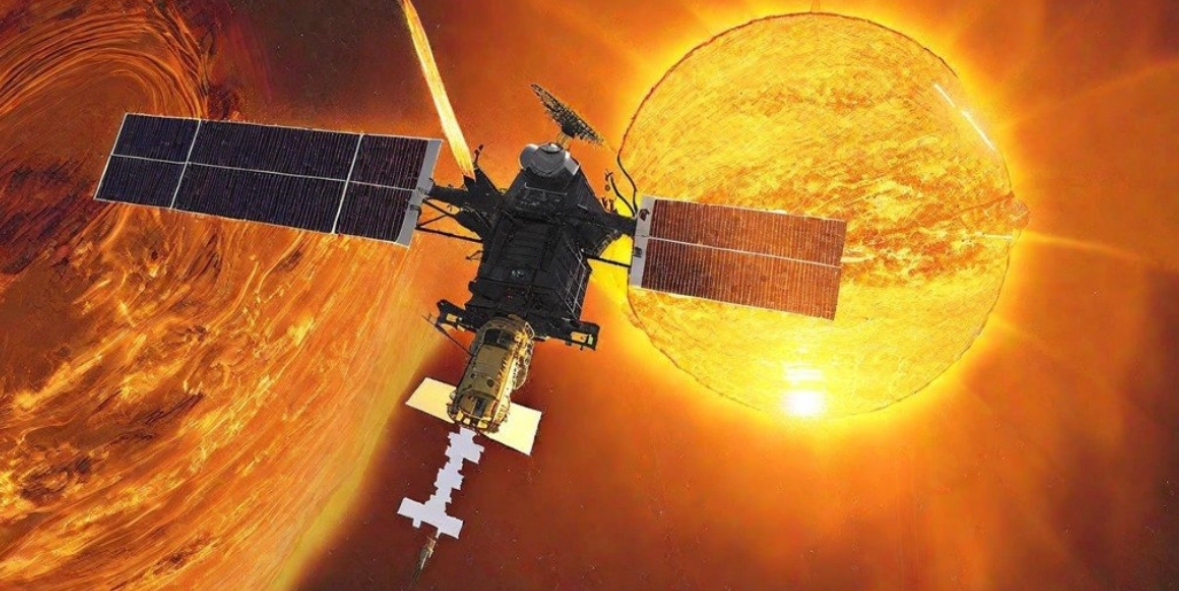
Significance and Next Objectives
The effective insertion of Aditya-L1 into the halo orbit showcases ISRO's proficiency in intricate orbital manoeuvres and inspires optimism for upcoming interplanetary expeditions. The satellite's payloads should deliver crucial information on space weather dynamics, particle and field propagation, coronal mass ejections, flare activity, and coronal heating. An important accomplishment for India's space exploration efforts is this mission.
Reaching a halo orbit around the Lagrangian point (L1), the Aditya-L1 spacecraft from India has accomplished a significant milestone. With no obstructions, this solar mission will continuously watch the sun and provide important new information about solar activity. This mission's accomplishment opens the door for future interplanetary expeditions and demonstrates ISRO's capability.
Image Source: X
© Copyright 2023. All Rights Reserved Powered by Vygr Media.
